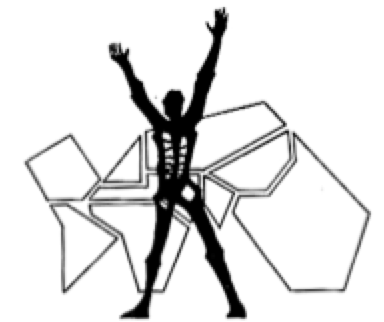Local Demonstration
The 5th City Community ProjectWith the merger came the new directorship of Rev. Joseph Wesley Mathews of the Christian Faith and Life Community of Austin, Texas. [Embed link to Mathews and/or CFLC page] Mathews moved to Evanston (indeed, into the mansion of former-director Liebrecht) with seven families from the Austin project and with the intent to execute the Institute’s reinvigorated vision of renewing the Church and its role and purpose in the modern world. The Institute’s strategy, as Mathews laid out in the press, was threefold: 1. To continue to train laymen and clergymen; 2. To conduct “Community Reformulation” in underserved communities in Chicago; and, 3. To expand research into models of the family and society, at large. Mathews and his initial staff of seven lived by the Institute’s valuation of chastity by living communally, sharing meals and facilities. Each was paid a dollar a year, while their wives also supported their families and the Institute with outside employment.
After a year, however, the neighborhood reportedly grew uncomfortable with the “community” living taking place in the Evanston house, and so the Church Federation sought and found a more fitting location at the vacant Church of the Brethren seminary campus on Chicago’s West Side. The Institute’s move to this church in 1963 proved fortuitous, in that it afforded them the opportunity to enact their mission of Community Reformulation in what became the “Fifth City” project. Fifth City became the locus of the Institute’s “local work” from 1963 until 1986, during which time the Institute’s staff gradually sought to replicate their community development and forum programs around the city and beyond Chicago. For more information, refer to the Human Development Collection.
The Institute’s Fifth City project turned out to be a pilot for its national work. In 1966, for instance, the first Global Research Assembly conceptualized and developed Imaginal Education off the basis of the Institute’s pedagogical work in Fifth City. Subsequent Assemblies developed other concepts and organizational structures that went on to define and shape much of the Ecumenical Institute and the Institute of Cultural Affairs’ activities, such as the New Religious Mode, the New Social Vehicle, the Guild System, the Town Meeting Program, among many others. For further information, please see the Global Research Assembly collection.
